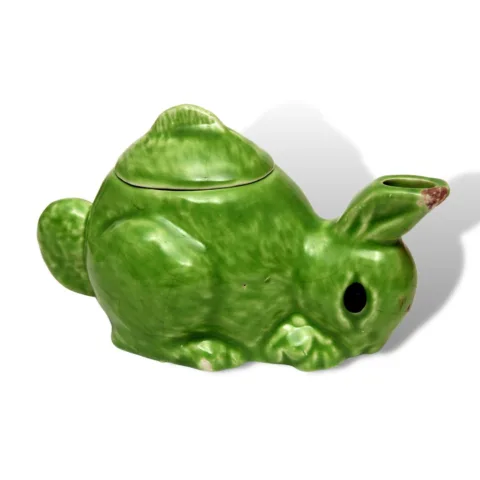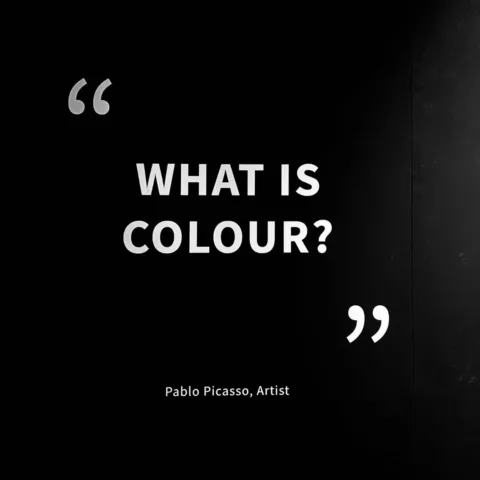The Bowes Museum Blog

Clobbered
The terms ‘clobbered’ and ‘ceramics’ do not sit very well together, given the ‘natural’ tendency of ceramics to break and disintegrate on the first sign of sudden impact with a hard object. However, there is one class of ceramic [items of pottery and porcelain] that are arguably enhanced by clobbering, though the terminology and manufacture are confused, possibly with some degree of deliberate intention.
‘Clobbered’ means in this case not to physically hit or strike but enhance or over-decorate an existing piece with additional colours fired over the glaze in a second firing and gilding added and fired on in yet another firing. The term is supposed to come from the Dutch practice of adding additional decoration to their imports of Chinese blue and white porcelain in the 18th century. Such items are neither purely Oriental nor European but often have a beauty of their own. The Bowes Museum recently bought, with the aid of grants from the Art Fund, the V&A and Michael Goodacre, a beautiful Chinese small bowl with overglaze enamel decoration added on by an as yet unknown Dutch workshop in about 1725 [2018.1, image below]. Ironically, the Dutch decoration is very much in the Oriental style, but of such high quality that it was confused with the real thing in royal collections in the 18th century (e.g. in the inventories of the Eastern porcelain in the royal collection at Dresden). In this case, where I think the piece has been enhanced, I would hesitate to use the word ‘clobbered’.

Jingdezhen (China) c,1700, overdecorated in enamel colours in Holland c.1720
On the other hand, there is a whole class of rather garish ‘clobbered’ Chinese porcelain in Britain that has until recently escaped the attention of specialists – at least in a positive sense. It was first drawn to my attention over twenty years ago when Oriental specialist and fellow member of the Oriental Ceramic Society Helen Espir asked me to show her such items in our collection that were bequeathed by John Bowes’ cousin, Susan Davidson, in 1878. I said I had no idea when or where the ‘clobbered’ decoration was added but such rich decoration would tie in well with the ‘Brighton Pavilion’ taste of the early 19th century; when the rich and exotic taste of George IV was taken up by the middle classes in highly decorative tough ‘ironstone’ wares in the Chinese or Japanese taste by Staffordshire manufactures such as Masons and Spode. In the absence of a known manufacturer – or anyone who admitted to the practice of ‘clobbering’ – they seemed to remain in a kind of limbo until Helen turned her attention to them again. Some people thought the clobbering was done in the 20th century, so she was pleased that we had pieces dating definitively to the 19th century or earlier. She will publish her research in the ‘Transactions of the English Ceramic Circle’, Vol.29, 2019. Note her research is appearing in the context of English ceramics, not Oriental!
Popular handbooks on porcelain such as J.F. Blacker’s ‘Chats on Oriental China’ of 1911 suggest it was done by an independent decorator in Soho Square in the early 19th century. Helen has identified the maker [or culprit?] as an antique dealer called Unsworth in the 1820s who had a kiln in his back garden – highly suspicious this. ‘Clobbered’ wares are not always of the best quality and seldom appear in great houses, with the chance of a bill with the supplier’s name in the family archive and one can or might assume they were made for a middle class market by a creator who wished to keep his [or her?] identity secret.
Our pieces come from the collection of Susan Davidson, John Bowes’ cousin, who married into gentry in the 1820s and formed a huge collection of Oriental porcelain, seemingly acquiring anything she could from family, friends and dealers. You can see on the large vase and cover (X.4480) some genuine Chinese figures in panels in underglaze blue and white, done in China about 1700, over-decorated in Europe – presumably by Mr. Unsworth in London one hundred years later – with some garish colours of yellow, green, red and gold.

Jingdezhen Porcelain, c. 1750
Is the piece damaged or enhanced? It depends on your point of view. The little blue and white Chinese dish (X.5569/2) gives a sense of its original appearance.

Jingdezhen Porcelain, saucer dish, c.1800
From the late 19th century onwards, the artist Whistler and all artistic people regarded pure Chinese blue and white as one of the high points of all human artistic achievement and any intervention such as this would have been regarded as artistic blasphemy. Whistler would have hated what a cockney decorator had done to his beloved tall Chinese female figures or ‘Long Elizas’ (from the Dutch ‘lange lijzen’). The first reference I can find to ‘clobbered’ ware is in fact in one of the letters of the Pre-Raphaelite artist Holman Hunt, who in 1866 discussed the gift of a ‘clobbered’ vase with Imperial reign marks in these terms: ’My note was written to defend myself from the suspicion of being insensible to the merits of simple blue and white…I only regretted that the skill of the illuminator had not been exercised upon some specimen of Chinese art less precious than this one from the Imperial factory…..I have a “clobbered” vase which puzzles me, the design seems to be Japanese but I have never heard of oriental clobbering. (Holman Hunt at the Great Western Hotel, London, to H.V. Tebbs, 30 Jan. 1866, Cambridge University Library GB 12 MS.Add.86670).
On the whole, I would rather the 19th century had left these pieces alone and we could enjoy them as simple Chinese blue and white, which is what their first creators and customers intended. On the other hand, they form part of the history of European taste, its interpretation and re-interpretation of Eastern styles. This is something that can provide inspiration to modern and future artists, who may see this mixture of styles as something to be celebrated and studied, rather than hidden in academic footnotes and museum stores.
Contemporary ceramic artist, Frances Priest, has been inspired by 18th century eastern ceramics in her new exhibition ‘Influences from the East’ that can be seen now in the ceramics gallery at the Museum.
Blog by Howard Coutts, Keeper of Ceramics at The Bowes Museum







